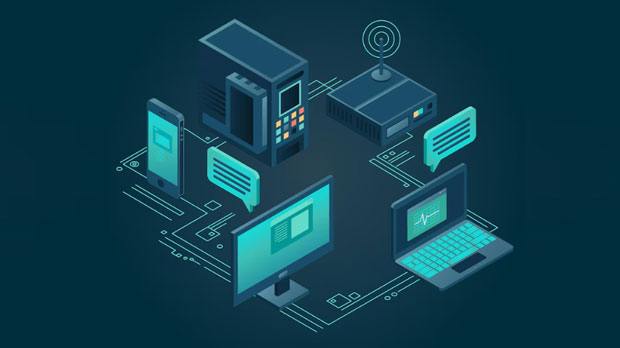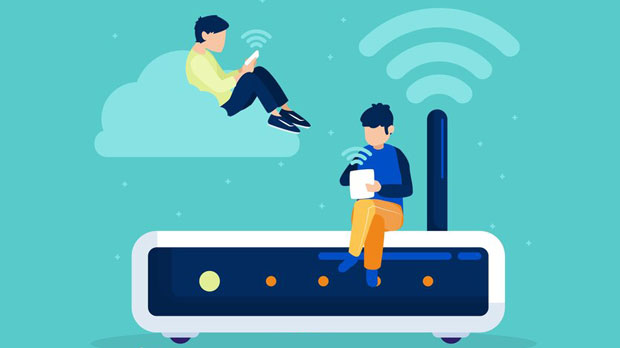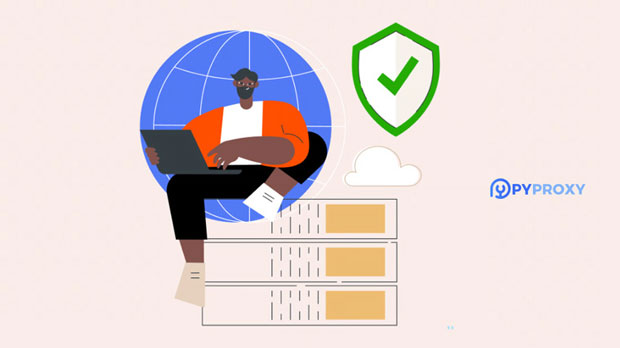residential proxies are an essential tool for businesses and individuals who need to mask their IP address for various online tasks. Among the top residential proxy services, Ninja Proxy, PYPROXY, and SmartProxy are often compared. While all of them serve the primary function of providing users with residential IP addresses, they differ in several key areas, such as their network scale, speed, pricing, and the features they offer to their customers. In this article, we will delve into the differences in residential proxies between Ninja Proxy, PyProxy, and SmartProxy, and analyze which service might be more suitable for your needs based on various factors. What are Residential Proxies?Before diving into the differences between Ninja Proxy, PyProxy, and SmartProxy, it's important to understand what residential proxies are. Residential proxies are IP addresses provided by real residential devices (computers, routers, etc.) rather than data centers. This makes them less likely to be detected as proxies and therefore highly valuable for activities such as web scraping, managing multiple social media accounts, and bypassing geo-restrictions. Overview of Ninja Proxy, PyProxy, and SmartProxyNinja Proxy, PyProxy, and SmartProxy are all top contenders in the proxy service market. Each provider offers residential proxies but varies in terms of quality, pricing, and additional features. Ninja Proxy is known for its fast and reliable network, but it is limited in terms of geographic diversity. PyProxy offers a good balance of speed and cost-effectiveness, with a focus on simplicity. Meanwhile, SmartProxy provides a more extensive network, with additional features and flexibility, although it can be a bit more expensive than the other two.1. Network Size and Geographic CoverageOne of the most significant differences between these proxy providers is the size of their network and geographic coverage.- Ninja Proxy has a relatively smaller pool of IP addresses, making it suitable for tasks where less volume is needed. However, its geographic diversity may be limited, and this could be a limiting factor for users who need access to multiple regions.- PyProxy, on the other hand, offers a network that covers a variety of countries, but its scale is not as expansive as SmartProxy’s. This makes it a good option for users who want broad access but are still working within a mid-range budget.- SmartProxy stands out with its massive network of over 40 million residential IPs. This makes it ideal for businesses and users who need to operate at scale and across a variety of geographic locations. If geographic coverage is crucial to your work, SmartProxy might be the best option.2. Speed and ReliabilityWhen it comes to speed and reliability, each service offers a unique set of advantages and limitations.- Ninja Proxy tends to provide fast speeds with minimal latency, making it ideal for tasks that require quick responses, such as browsing and light web scraping. However, the overall network may experience some slowdowns during peak usage times.- PyProxy offers a balanced approach between speed and cost, though it may not always match the high performance of Ninja Proxy or SmartProxy in terms of consistent low latency.- SmartProxy has earned a reputation for excellent speed and reliability. With a large pool of IPs, SmartProxy ensures that users experience minimal downtime, even during peak hours. However, the cost associated with its premium service may not be suitable for everyone.3. Pricing and PlansPricing is a crucial factor when selecting a residential proxy provider, and each service comes with its own pricing structure.- Ninja Proxy offers competitive pricing, but with a more limited number of IPs and regions. Their pricing tends to be lower compared to SmartProxy, which makes it an appealing choice for users who don’t need a vast selection of IP addresses.- PyProxy offers a simple and cost-effective pricing structure, making it suitable for smaller businesses or individuals with more modest proxy requirements. However, the value may diminish when compared to SmartProxy’s larger network.- SmartProxy is on the higher end of the pricing scale but justifies this with its large network of IPs and robust support. It is ideal for businesses or individuals with high-demand tasks who are willing to invest in a more reliable and flexible service.4. Additional FeaturesEach service provides a set of additional features that cater to different user needs.- Ninja Proxy focuses on simplicity, with few extra features but ensuring users have a seamless experience with high-quality proxies. However, it may lack certain advanced functionalities such as automated rotation or session control that others offer.- PyProxy offers a basic set of features but lacks some advanced functionalities such as IP targeting and custom proxy configuration options, which could be a drawback for more advanced users.- SmartProxy offers a wide range of features, including IP rotation, geo-targeting, sticky sessions, and more. It’s highly flexible, making it a great option for businesses with more complex proxy needs.5. Customer SupportCustomer support plays a critical role in resolving issues quickly and ensuring the smooth operation of your proxy service.- Ninja Proxy provides responsive support but lacks a robust knowledge base, making it harder for users to resolve issues on their own.- PyProxy offers customer support via ticketing and email. The support is decent, but some users have reported slower response times compared to the other services.- SmartProxy provides excellent customer support with 24/7 availability, live chat, and a comprehensive knowledge base, making it the most reliable option for businesses that need round-the-clock assistance.Conclusion: Which Proxy Provider Should You Choose?When deciding between Ninja Proxy, PyProxy, and SmartProxy for residential proxies, the right choice depends on your specific needs:- If you need a low-cost, simple solution for limited proxy use, Ninja Proxy might be a great fit.- For a balance of cost-effectiveness and geographical coverage, PyProxy offers a solid middle-ground option.- For those who require a large, reliable network, high performance, and premium features, SmartProxy is the best choice.Ultimately, each of these services has its unique strengths, and the best choice will depend on your usage requirements, budget, and the scale of your operations. By understanding the differences between them, you can make an informed decision that will maximize the value of your investment in residential proxies.
Jul 29, 2025



































































